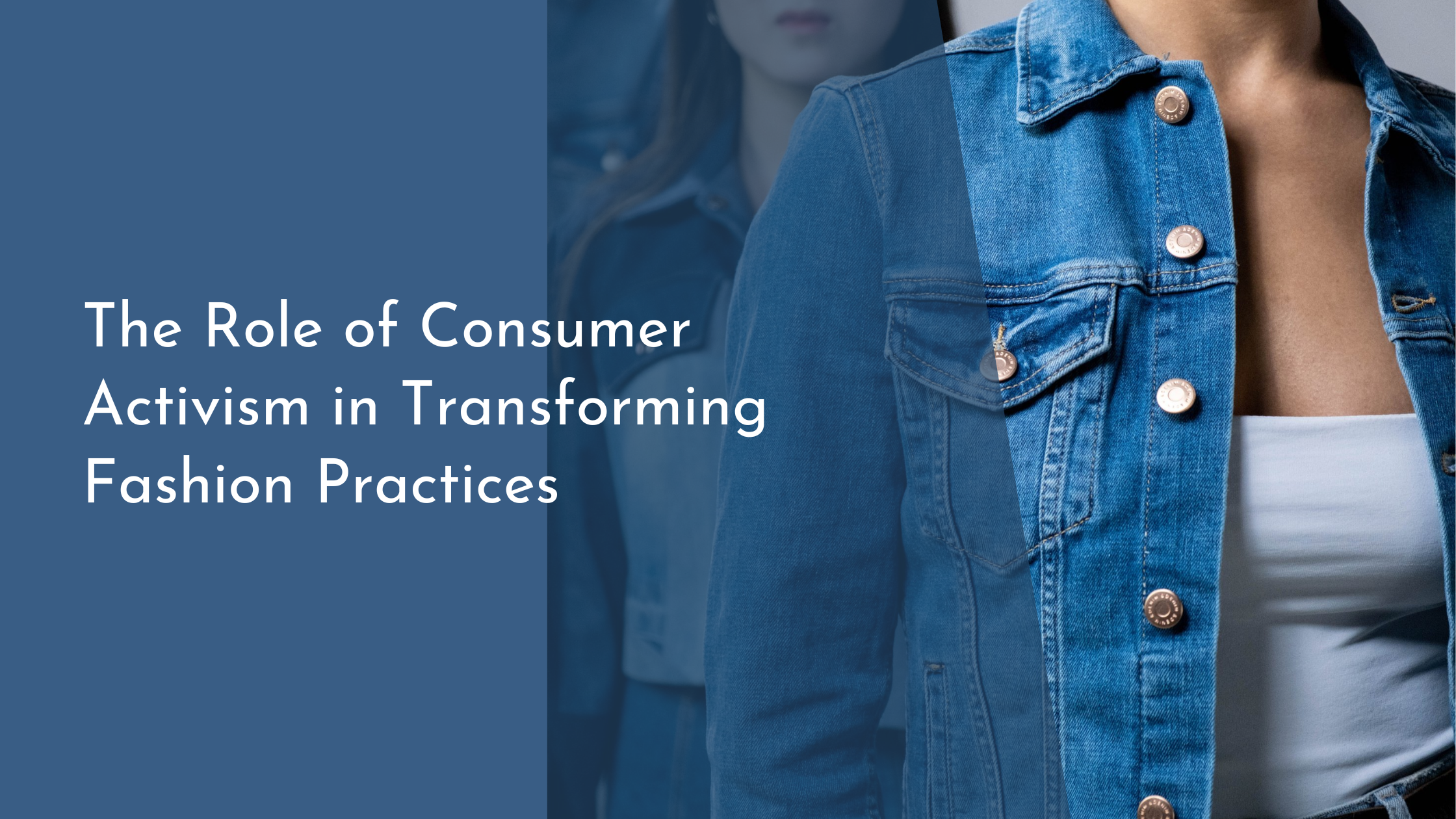The Role of Consumer Activism in Transforming Fashion Practices
In recent years, consumer activism has emerged as a significant force in the fashion industry, driving change and promoting sustainable practices. As more consumers become aware of the environmental and social impacts of their purchasing decisions, they are increasingly using their collective voices to demand transparency, accountability, and ethical production methods from fashion brands. This article explores the role of consumer activism in transforming fashion practices, tracing its historical roots and highlighting current movements that are shaping the industry towards a more sustainable future.
Understanding Consumer Activism in Fashion
Consumer activism in the fashion industry refers to the efforts of individuals and groups to influence companies’ practices and policies, particularly in areas concerning sustainability, labor rights, and ethical production. This form of activism is powered by consumers who demand greater corporate responsibility, transparency in supply chains, and a commitment to reducing the environmental impact of fashion. By leveraging their purchasing power, consumers can push brands to adopt more sustainable practices and ensure that their operations align with socially responsible values.
One of the critical aspects of consumer activism is its ability to raise awareness and educate the public on the various issues within the fashion sector. Through social media, blogs, and collaborative campaigns, activists have successfully highlighted the detrimental effects of fast fashion, such as pollution, waste, and exploitation of workers. These efforts have not only informed consumers but also pressured brands to rethink their strategies to remain competitive in a market that increasingly values sustainability and ethical practices.
Historical Milestones in Fashion Activism
The roots of consumer activism in fashion can be traced back to the early 20th century, with movements advocating for improved labor conditions during the Industrial Revolution. The Triangle Shirtwaist Factory fire in 1911, which killed 146 garment workers in New York City, served as a catalyst for labor reform, sparking public outrage and leading to significant changes in workplace safety regulations. This tragedy highlighted the power of collective action, as activists and consumers united to demand better working conditions and fair treatment for garment workers.
Throughout the decades, various milestones have marked the evolution of fashion activism. The anti-fur movement in the 1980s and 1990s, led by organizations like PETA, raised awareness about animal cruelty and led to a decline in the popularity of fur products. Similarly, the 2013 Rana Plaza collapse in Bangladesh, which resulted in the deaths of over 1,100 garment workers, brought international attention to the unsafe conditions in garment factories, prompting consumers to demand greater transparency and accountability from fashion brands.
Modern Consumer Movements Shaping the Industry
Today, consumer activism in fashion is more dynamic than ever, with movements such as “Fashion Revolution” and “Who Made My Clothes?” leading the charge. These initiatives are designed to promote transparency in the fashion industry by encouraging consumers to question brands about their manufacturing processes and the origins of their products. By fostering a culture of accountability, these movements empower consumers to make informed choices and push for more ethical and sustainable practices.
Social media has also played a crucial role in amplifying consumer activism, providing platforms for individuals to share information, raise awareness, and mobilize collective action. Influencers and activists use these channels to highlight issues such as textile waste, water pollution, and workers’ rights, urging brands to adopt sustainable practices. As a result, many fashion companies have begun to implement more eco-friendly strategies, such as using recycled materials, reducing waste, and ensuring fair labor practices in their supply chains.
Consumer activism has proven to be a powerful force in transforming the fashion industry, as it challenges brands to prioritize ethical practices and sustainability. As consumers become more informed about the impact of their purchasing decisions, they are better equipped to demand change and hold companies accountable. This shift not only benefits the environment and workers but also creates a more transparent and responsible fashion sector that aligns with the values of today’s conscientious consumers. By continuing to support and participate in consumer activism, individuals can help pave the way for a brighter, more sustainable future in fashion.


